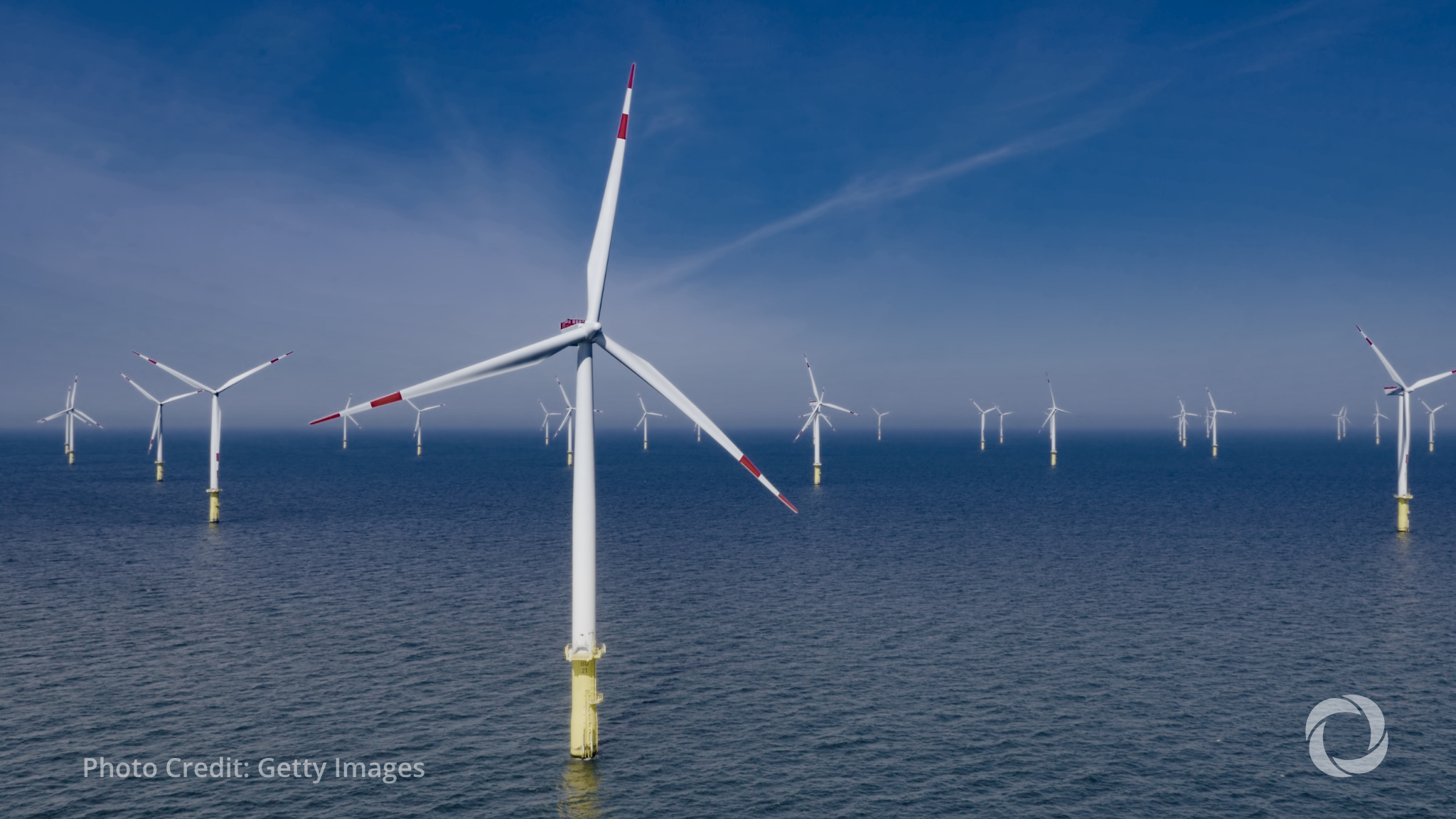The European Investment Bank (EIB) has signed a €500 million green loan to Iberdrola for the Windanker offshore wind farm, a flagship clean energy project currently under construction in the German Baltic Sea, the EIB said. The financing is guaranteed by the Spanish export credit agency Cesce and marks the first use of a guarantee developed by the EIB and Cesce to support green projects led by Spanish companies outside Spain.
The project will generate clean energy for thousands of homes, speed up Europe’s electrification and energy security, and drive new employment and economic opportunity. Windanker will contribute 315 MW of offshore wind capacity—enough to supply renewable electricity to 600,000 people every year, according to Iberdrola estimates.
EIB Director General Jean-Christophe Laloux says the financing helps bring cutting-edge wind power technology to the Baltic Sea for the benefit of German consumers and local economies. “The green electricity generated by the project will also take us closer towards securing Europe’s independence from fossil fuel imports,” he said.
José Sainz Armada, Iberdrola’s Chief Finance, Control and Corporate Development Officer, says the loan strengthens the company’s financial structure and consolidates the confidence of leading institutions in its ability to deliver. “This backing allows us to continue promoting projects such as Windanker, which is key to electrification, in line with our new transformation plan,” he said.
Windanker sets new standards for offshore wind technology, deploying 21 Siemens Gamesa turbines, each up to 15 MW—among the most advanced and powerful offshore wind turbines globally. Located in Mecklenburg-Vorpommern, an EU Transition Region, the project will deliver around 2,200 person-years of employment during construction and up to 160 skilled permanent jobs.
Construction started this month with installation of the first monopile. Turbine installation will follow in 2026, with full commissioning expected in the fourth quarter of 2026. The project will reduce carbon emissions by an estimated 672,000 tons of CO2 annually.

